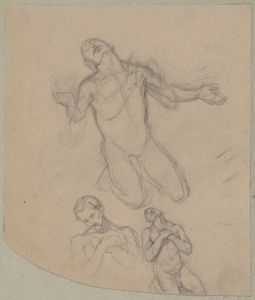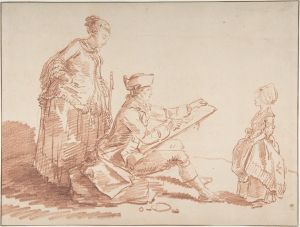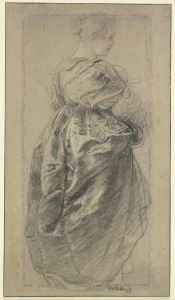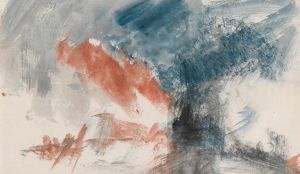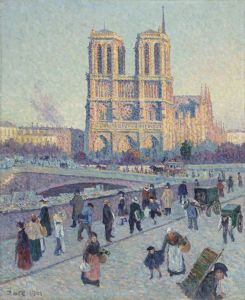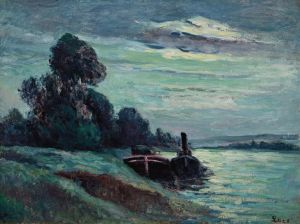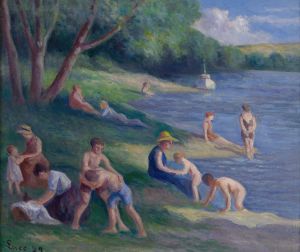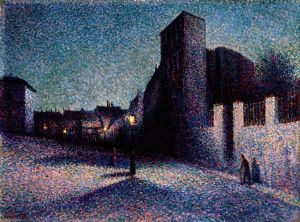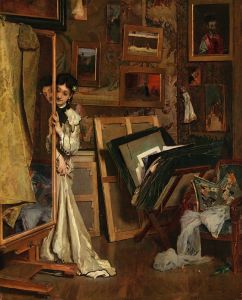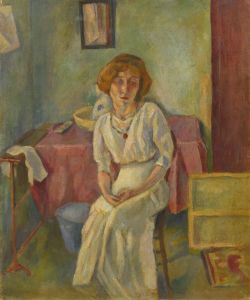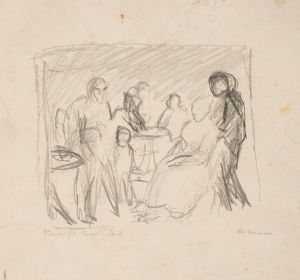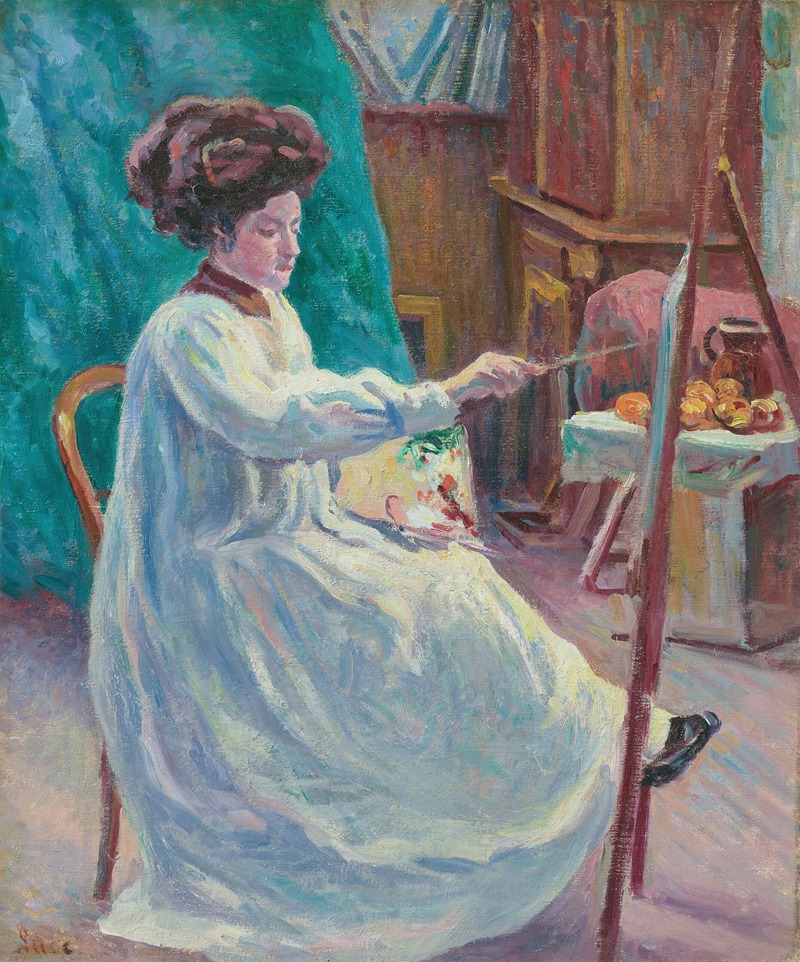
Portrait de Madame Jourdan dans son atelier
A hand-painted replica of Maximilien Luce’s masterpiece Portrait de Madame Jourdan dans son atelier, meticulously crafted by professional artists to capture the true essence of the original. Each piece is created with museum-quality canvas and rare mineral pigments, carefully painted by experienced artists with delicate brushstrokes and rich, layered colors to perfectly recreate the texture of the original artwork. Unlike machine-printed reproductions, this hand-painted version brings the painting to life, infused with the artist’s emotions and skill in every stroke. Whether for personal collection or home decoration, it instantly elevates the artistic atmosphere of any space.
Maximilien Luce was a French Neo-Impressionist painter known for his pointillist technique and his depictions of everyday life. One of his notable works is "Portrait de Madame Jourdan dans son atelier," which translates to "Portrait of Madame Jourdan in Her Studio." This painting exemplifies Luce's skill in capturing intimate and personal scenes, reflecting both his artistic style and the cultural context of his time.
Maximilien Luce was born on March 13, 1858, in Paris, France. Initially trained as an engraver, he later transitioned to painting and became associated with the Neo-Impressionist movement. This movement, which included artists like Georges Seurat and Paul Signac, was characterized by the use of pointillism—a technique involving the application of small, distinct dots of color to form an image. Luce adopted this method, which allowed him to explore the effects of light and color in his works.
"Portrait de Madame Jourdan dans son atelier" is a testament to Luce's mastery of this technique. The painting depicts Madame Jourdan, an artist herself, in her studio. The setting is intimate, providing a glimpse into the personal space of a fellow creative. Luce's use of pointillism in this work is subtle yet effective, as it captures the nuances of light and shadow within the studio environment. The composition is carefully balanced, with Madame Jourdan positioned thoughtfully within the frame, surrounded by the tools and materials of her craft.
The painting not only highlights Luce's technical abilities but also reflects the broader cultural and social dynamics of the late 19th and early 20th centuries. During this period, there was a growing interest in the lives and workspaces of artists, as well as a fascination with the creative process itself. By choosing to portray Madame Jourdan in her studio, Luce contributes to this narrative, offering viewers insight into the world of a female artist at a time when women were beginning to gain more recognition in the art world.
Luce's work is often noted for its social and political undertones. He was an anarchist and frequently depicted scenes of working-class life and social struggle. While "Portrait de Madame Jourdan dans son atelier" is more personal and less overtly political than some of his other works, it still embodies his commitment to portraying real people and genuine experiences. The painting serves as a reminder of the interconnectedness of art and life, and the ways in which personal spaces can reflect broader societal changes.
Throughout his career, Luce remained dedicated to the principles of Neo-Impressionism, even as other movements emerged and gained popularity. His work, including "Portrait de Madame Jourdan dans son atelier," continues to be celebrated for its technical precision, emotional depth, and historical significance. Today, Luce's paintings are held in various collections around the world, appreciated for their contribution to the development of modern art and their ability to capture the essence of their time.
In summary, "Portrait de Madame Jourdan dans son atelier" is a significant work by Maximilien Luce that showcases his expertise in pointillism and his interest in the personal and professional lives of artists. Through this painting, Luce not only highlights the role of women in the art world but also underscores the enduring relationship between art and society.





